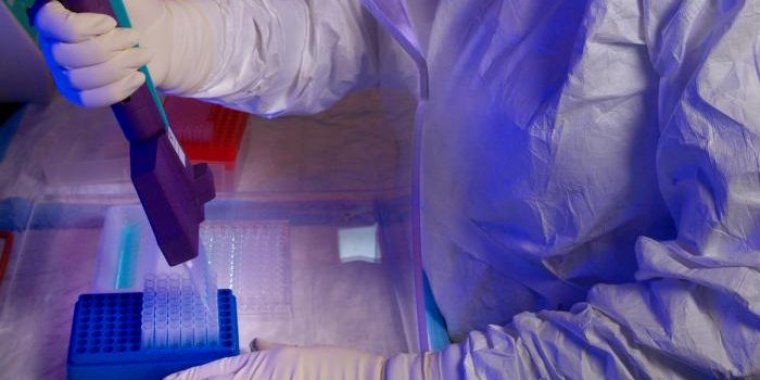| Health / Health News |
HIV seeks refuge in immune cells to avoid full elimination
Genetically-intact HIV hides in the same cells of the human immune system that are supposed to attack and destroy pathogens, scientists at Westmead Institute for Medical Research, Sydney University, discover in a new study.
Previously, it was thought that HIV hides primarily in central memory T-cells during effective anti-HIV therapy. But, in the study, the scientists show that replication-competent HIV persists in specific subsets of CD4+ immune memory T-cells.
HIV infects white blood cells known as T lymphocytes, particularly the CD4+ T cells that recognise infection and gets the immune system to respond. Following HIV infection, if anti-HIV therapy is not initiated, the number of CD4+ T cells in the blood begin to fall, though the process may be slow.
The team developed a full-length genetic sequencing assay for HIV. This assay identifies where and determines how much replication-competent virus remains in the CD4+ T cells of an HIV-infected individual even after years of effective anti-HIV therapy.
It will allow to identify the cells which contain infectious, replication-competent virus, opening up promising possibilities for targeting this remaining virus for elimination from the body.
The researchers will now conduct studies to determine how long replication-competent viruses persist in these specific cells during anti-HIV therapy and identify cellular markers unique to these cells so they can be targeted by treatment strategies.
Therapies can now be directed towards the specific cells containing this genetically intact virus. This new treatment strategy could be in the form of nanoparticles, which deliver therapies directly to cells containing the infectious, replication-competent virus.
Only about five per cent of HIV is genetically intact and it hides in the effector memory T-cells while the rest act as a decoy and divert attention away from the “real” virus, the study says.
The immune system cannot discern replication-competent virus from defective virus. Some defective viruses can produce viral proteins which are recognised by the immune system and then the cells containing the defective virus are eliminated.
But, because there is so much more defective virus in the cells than genetically intact virus, these defective viruses act as a decoy and divert the immune system. (SciDev.Net)
YOU MAY ALSO LIKE





